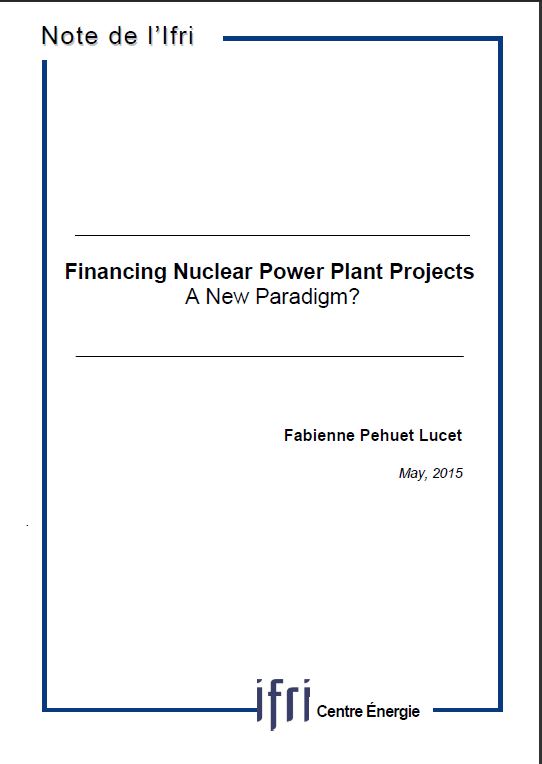Financing Nuclear Power Plant Projects: a New Paradigm?

Considerable investment will be needed in order to meet increasing world-wide demand for energy and replace ageing existing plants. In a context where struggling against climate change is a widely shared objective, a sizeable portion of the $16000Bn future investment in electricity generation should be made in low-CO2 sources of energy - renewables and nuclear power generation facilities.
The magnitude of capital needed to finance such large energy infrastructure programs raises questions about funds availability, project selection and investment priorities. Only projects considered viable and profitable over the operational period of the plant can attract financing, and the most attractive projects will be funded and launched prior to others.
Nuclear projects present specific features and risk profiles which make them more challenging to finance than other electricity generation plants. Specific extrinsic risks are related to the environment of the project. Political and public acceptance risks are decisive for nuclear programs’ sustainability, as government energy policies can be reverted and public opinion can influence decisions on nuclear projects. Nuclear power plants are being built in a multi-layered legal and regulatory environment: construction can be stopped or delayed on the safety authorities’ requirement.
Download the full analysis
This page contains only a summary of our work. If you would like to have access to all the information from our research on the subject, you can download the full version in PDF format.
Financing Nuclear Power Plant Projects: a New Paradigm?






